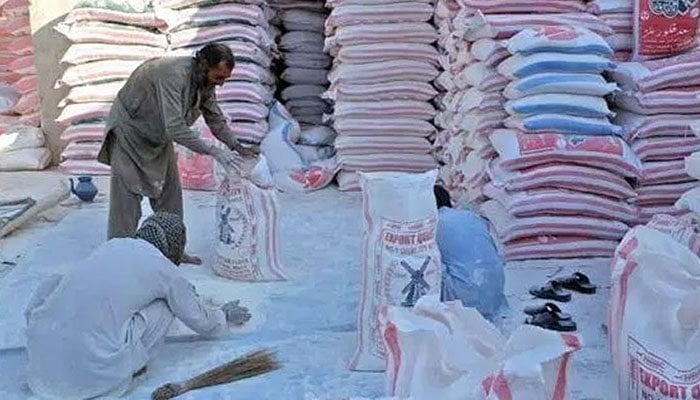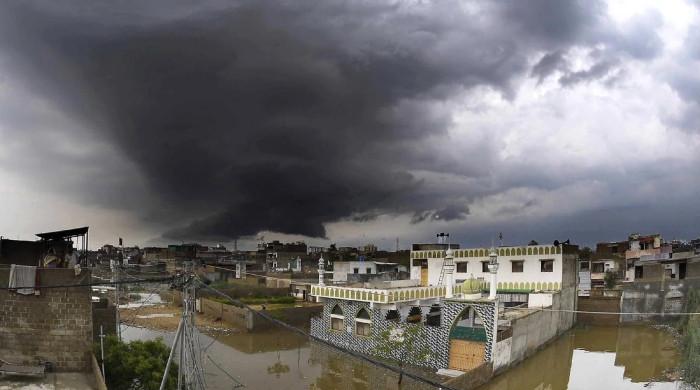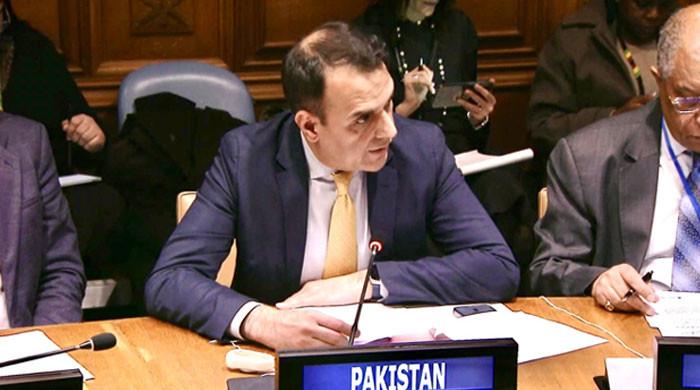How the wheat crisis unfolded across Pakistan
Sky rocketing wheat prices have left consumers helpless as shortage looms
January 20, 2020

Wheat prices across the country have sky rocketed over the past few days as fears of a looming shortage hit markets. The government has said it is doing all it can to contain the crisis, amid allegations from the opposition that the government is ill-equipped to deal with the issue.
As the blame game rages on, English daily The News on Monday reported that the wheat crisis originated in Sindh and then spread to other provinces. The publication said that the government was even considering importing wheat to avoid a full-blown crisis.
Sindh looks to Punjab as corruption probe hampers procurement
According to The News, corruption probes against officials in the Sindh government discouraged many in the province from the procurement of wheat that would otherwise have increased existing surplus wheat stock. Presently, the reserve stock may be as low as 0.2 million tons.
Also read: Wheat prices skyrocket across the country
Over the past fiscal year, wheat production was projected at 25.195 million tons, but actual production was around 24.7 million tons. Previously, wheat production had stood at 25.076 million tons in 2017-18 and 26.674 million tons in 2016-17.
On a monthly average, wheat consumption hovers around 2 millions tons, The News claimed, reporting that the 24.7 million ton production would normally have been more than enough for meeting annual domestic needs. In addition, Punjab also possessed carryover stocks of wheat.
The province had also procured around 3.5 million tons of wheat against a target of 4 million tons last year. However, as the wheat crisis unfolded in Sindh, it spread to other provinces as well, and KP and Sindh started looking to Punjab to meet their wheat needs amid fears of shortages.
Also read: Wheat prices to start declining from Monday, says food security minister Khusro Bakhtiar
Export of wheat exacerbates crisis
The problem was exacerbated by a decision to export 200,000 to 400,000 tons of wheat, keeping in view surplus stocks on the basis of estimates presented by Ministry of National Food Security and Research, but the actual exports of wheat crossed 640,000 tons.
In one official meeting, when the government had already slapped a ban on the export of wheat and flour, the PM was informed that the exports of wheat-esqe commodities was still going on to Afghanistan, and in this guise, wheat, flour exports were also underway.
During the official meetings, the premier had also instructed that the cabinet approve the import of wheat to the tune of 0.2 million tons last October, but the decision could not be implemented well on time, The News claimed.
Also read: PM promised to take stern action against flour hoarders, profiteers: SAPM Awan
Meanwhile, Punjab also imposed a ban on inter-provincial movement of wheat. Keeping in view this whole situation, profiteers and hoarders started exploiting the situation and allegedly plunged into secret stock piling of wheat to increase prices.
Blame game rages as new crop still two months away
The prices of wheat, flour started escalating in different parts of the country from September/October last year, and have now sky rocketed. The next two months are quite important as the next crop of wheat would start coming in by the end of March and April in Sindh and Punjab.
When contacted, a top official of PTI-led government said the federal government could not be held responsible for the crisis because it was the domain of the provinces to procure wheat, and if procurement was not done by Sindh, the spillover negatively impacted other provinces.
The government has held the Sindh government responsible for the crisis, saying untimely purchasing of commodity and supply to flour mills caused the issue. However, the Sindh government held the prime minister responsible for the situation, saying he allowed export of surplus wheat.
Originally published in The News











